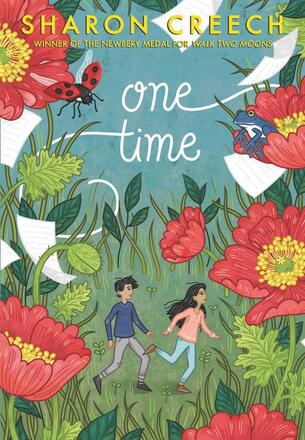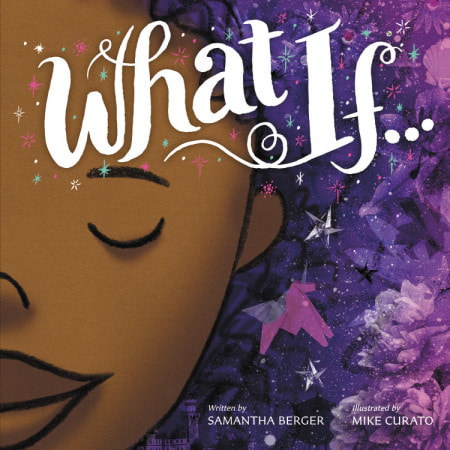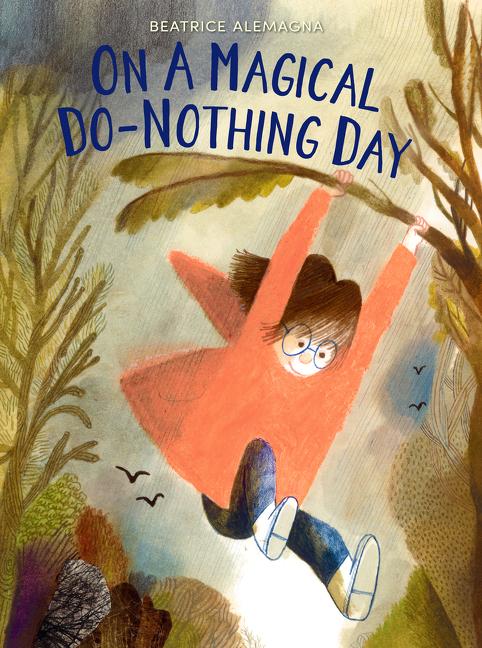By Katie Caprino, Elizabethtown College
One of the reasons I became a teacher was because it was a profession in which I thought I could be creative. A writer, I wanted a position in which I could carry on my passion of writing and inspire student writers.
Reflecting back on my work as a middle and high school English teacher, I lament the limitations I feel were put on my work as a creative person. Even my current role as a literacy teacher educator seems overwhelmed at times by elements which I feel are the absolute antithesis to creativity. My opportunity to teach the creative methods course at my institution gave me a space to engage with creativity and to help future teachers think critically about what creativity looks like in the classroom and inspire them to be creative teachers. Inspired by Brandt’s (1998) work on literacy sponsors, I believe that teachers, students’ peers, and even students themselves play an important role in being creativity sponsors. In this blog post, I share a few contemporary books that provide portrayals of creativity sponsors, framing my work in the context of research on creativity. I then provide teachers with some ideas on how to use contemporary children’s literature texts as inspiration to facilitate a creative classroom. The Books
In this video, Resnick discusses how to help kids become creative thinkers.
Now What?
Certainly, adding the titles shared above to your classroom library is a good start. Sharing these books with students in a way that invites them to discuss what they think creativity is, whether they are creative, and how their schooling experiences have encouraged or restricted creativity could be the next step.
And then I call for a little self-reflection. Are you, as a teacher, more like Leon or Marisol in Ish? How might you be more of a Miss Lightstone from One Time? When you think about your students, do they take risks like the little girl in What If? Or do they ask so many questions about how assignments will be graded and what you want like Gina’s classmates in One Time? Do your students know what to do with some free time like the little child in On A Magical Do-Nothing Day? These reflections might prompt you to think about how you might use one of the books shared in this post as a mentor text for a lesson idea. Here are some ideas! ● Let your students freewrite, working up to longer periods of time, and share their work. (One Time) ● Provide students with an object and ask them what they would do if that object broke in order to complete an intended task. (What If) ● Offer spaces in your classroom where your students can explore and play. (On a Magical Do-Nothing Day) ● Invite your students to draw a picture, and post everyone’s picture in a gallery. (Ish) It is important to think about how important creativity sponsors are in a child’s life. Teachers can be creativity sponsors, but so, too, can peers and children themselves – if we let them! It is my hope that these book recommendations, along with the reflective prompts and lesson ideas, may inspire creativity in you and your students!
Books Referenced
Alemagna, B. (2016). On a magical do-nothing day. New York: HarperCollins. Berger, S. (2018). What if. New York: Hachette Book Group. Brandt, D. (1998). Sponsors of literacy. College Composition and Communication, 49(2), 165- 185. Creech, S. (2020). One time. New York: HarperCollins. Creech, S. (2001). Love that dog. New York: HarperCollins. Resnick, M. (2018). Lifelong kindergarten: Cultivating creativity through projects, passion, peers, and play. Cambridge, MA: MIT Press. Reynolds, P. (2004). Ish. Somerville, MA: Candlewick.
Kathryn Caprino is a CLA member and is an Assistant Professor of PK-12 New Literacies at Elizabethtown College. You can follow her on Twitter @KcapLiteracy. She blogs frequently at Katie Reviews Books.
|
Authors:
|
CLA
About CLA
|
Journal of Children's Literature
Write for JCL
|
ResourcesCLA-sponsored NCTE Position Statements
|
Members-Only Content
CLA Video Library
|
© COPYRIGHT 2018.
ALL RIGHTS RESERVED |





 RSS Feed
RSS Feed